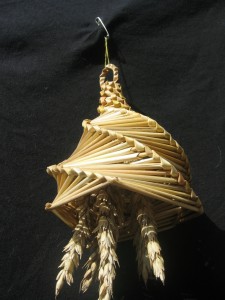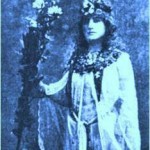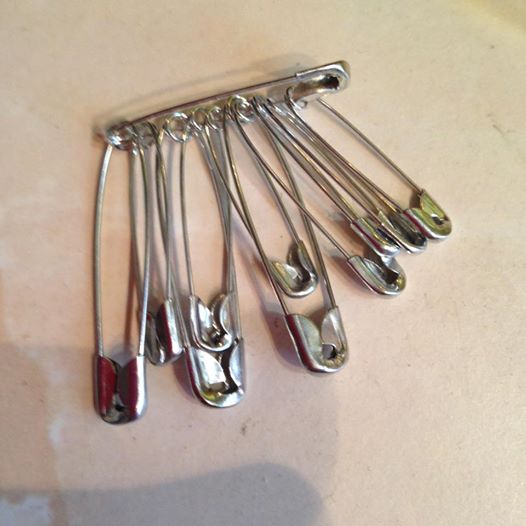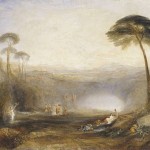
It is surprisingly hard to design rituals for large numbers of people that can involve everyone in the ritual.
Some of my more successful attempts at creating ritual involving large numbers of active participants have happened at Lammas.
“Ritual has to be more than just theatre, and that’s often where things go awry in larger rituals. It often feels like there’s one group of people doing the ritual while everyone else is simply observing it. The quarters are called but the only people who are a part of the process are the six or so folks standing in the center of the circle. What are the other thirty supposed to be doing? Are they even clued in to what’s happening? Ritual shouldn’t be passive, and if you find yourself or those around you passive during ritual something’s not working.”
Jason Mankey, quoted by John Halstead in a post on ritual design.
Traditionally, Lughnasadh was celebrated with games in honour of the goddess Tailtiu (pronounced Tahl-tee), the mother of Lugh. So it seems appropriate to have a game in one’s Lammas ritual. Obviously the origins of Lammas (Hlaf-mass in Anglo-Saxon) are different from Lughnasadh, but in contemporary Pagan practice, the two festivals are often splurged into one, in much the same way as Yule and Christmas are a glorious smorgasbord of customs and traditions.
The Harvest Game
I got the idea for my Lammas game from J G Frazer’s The Golden Bough – so of course it is of highly dubious historical authenticity. It is also great fun. Frazer says that harvest traditions in many regions of Europe involved the reapers cutting the corn (wheat) with their scythes, until they reached the last clump of wheat in the field. At this point, the corn-spirit that inhabited the field was believed to have taken refuge in the last sheaf of corn, and this was cut with a special ritual, and bound up to be made into corn dollies. (Note for North American readers: when I write corn, I do not mean maize, I mean wheat.)
The Harvest Game involves two teams, the reapers and the corn. There is also the hare, who is the Corn Spirit. The job of the corn team is to try to protect the hare. The job of the reapers is to try to catch the hare. The reapers chase the hare, and the hare hides amongst the corn. If a reaper touches a member of the corn team, they are out and can no longer take part in the game. Eventually the reapers catch the hare, and then they throw grass heads or stems at him or her.
The Lammas mime
The other ritual for Lammas that I devised for large numbers of people was to divide the participants into small groups of about six or seven people. They were then asked to come up with a simple and silent mime to represent the story of Lammas. They had about ten minutes to devise this. Then the groups took it in turns to perform their mime. One group mimed the death of the Corn King; another mimed the cutting of wheat; one mimed the funeral of the Corn King. All the mimes were different, and it was a surprisingly effective way of experiencing the harvest theme of Lammas.
















